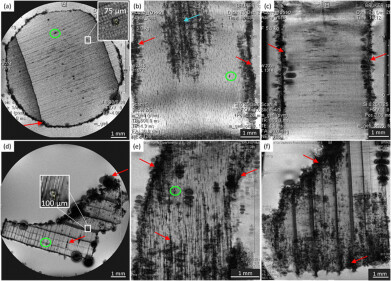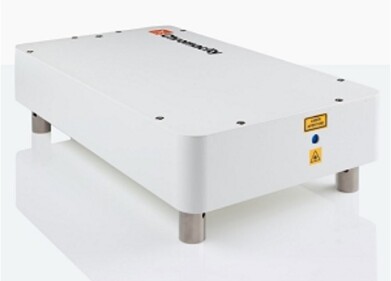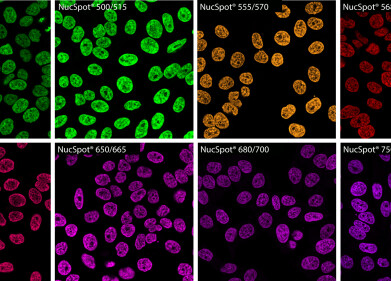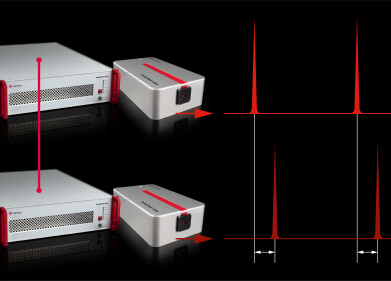Microscopy & Microtechniques
Pannexin1 found to restore tight binding of cells
Jan 30 2012
A novel 'scaffold-free' 3-D system has been used to determine the role of Pannexin1 in binding cells, a process that is lost in cancer.
The researchers, from Brown University, found that protein Pannexin1 could have an important biomechanical role in binding tissues together. The protein is already known to have tumour-suppressive properties, and this new research suggest that it could have a decisive role in the progression of the disease.
First author and Brown University M.D./Ph.D. student Brian Bao, commented that: "In healthy tissues, the recently discovered protein Pannexin1 may be playing an important role in upholding the mechanical integrity of the tissue.
"When we develop cancer, we lose Pannexin1 and we lose this integrity."
The researchers used a “3-D Petri dish” technology that has been found to be an effective way of monitoring how cells interact with each other. This form of research also eliminates concern over additional interactions with surrounding scaffolding or the culture plate itself.
The treating properties of Pannexin1 has been linked with many illnesses, with recent research finding that targeting Pannexin1 can improve a seizure outcome.
Posted by Ben Evans
Digital Edition
Lab Asia 31.6 Dec 2024
December 2024
Chromatography Articles - Sustainable chromatography: Embracing software for greener methods Mass Spectrometry & Spectroscopy Articles - Solving industry challenges for phosphorus containi...
View all digital editions
Events
Jan 22 2025 Tokyo, Japan
Jan 22 2025 Birmingham, UK
Jan 25 2025 San Diego, CA, USA
Jan 27 2025 Dubai, UAE
Jan 29 2025 Tokyo, Japan



















